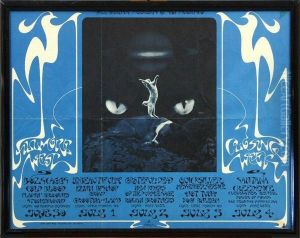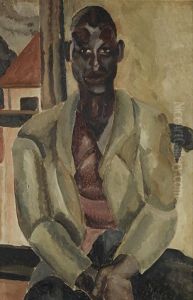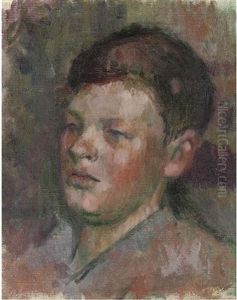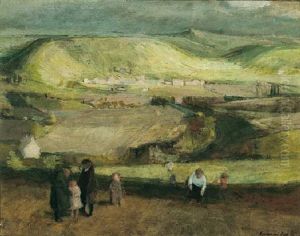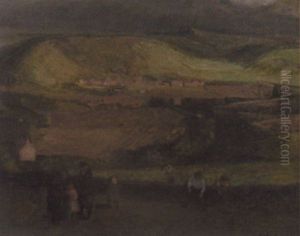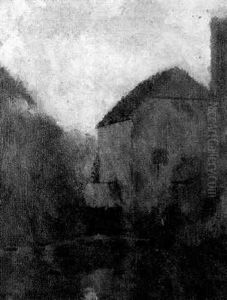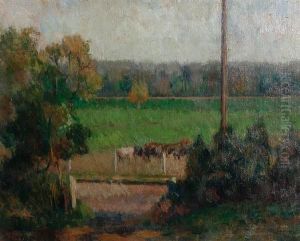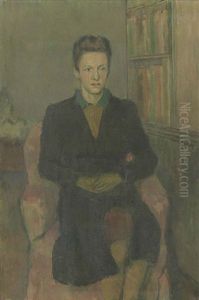Graham Bell Paintings
Graham Vivian Sutherland Bell, often known simply as Graham Bell, was a British painter and a key figure in the British avant-garde movement of the 1930s. Born in 1910 in South Africa, Bell moved to London in the late 1920s to pursue his artistic career, studying at the Royal College of Art. His early work was influenced by post-impressionism, but he quickly developed a more distinctive style that incorporated elements of surrealism and abstract art.
Bell was a founding member of the influential art group 'Unit One', formed in 1933 by Paul Nash. The group included artists, sculptors, and architects who sought to unite surrealism and abstraction in British art. Bell's contributions to 'Unit One' and his own artistic output during this period were critical in shaping the direction of British modernism, bridging the gap between the international avant-garde movements and the British art scene.
Throughout the 1930s, Bell's work was exhibited widely in London and across Europe, cementing his reputation as a leading figure in contemporary art. His paintings from this period are characterized by their bold use of color, innovative compositions, and the incorporation of abstract and surreal elements. Despite his promising career, Bell's life was tragically cut short when he died in a car accident in 1943 at the age of 33.
Bell's legacy in the field of British modern art is significant, though his career was brief. His work is seen as a vital precursor to the abstract and surrealist movements that would dominate British art in the post-war years. Today, Graham Bell's paintings are held in several major collections, including the Tate Gallery in London, and he is remembered as a pioneering figure whose artistic vision helped shape the course of modern art in Britain.
